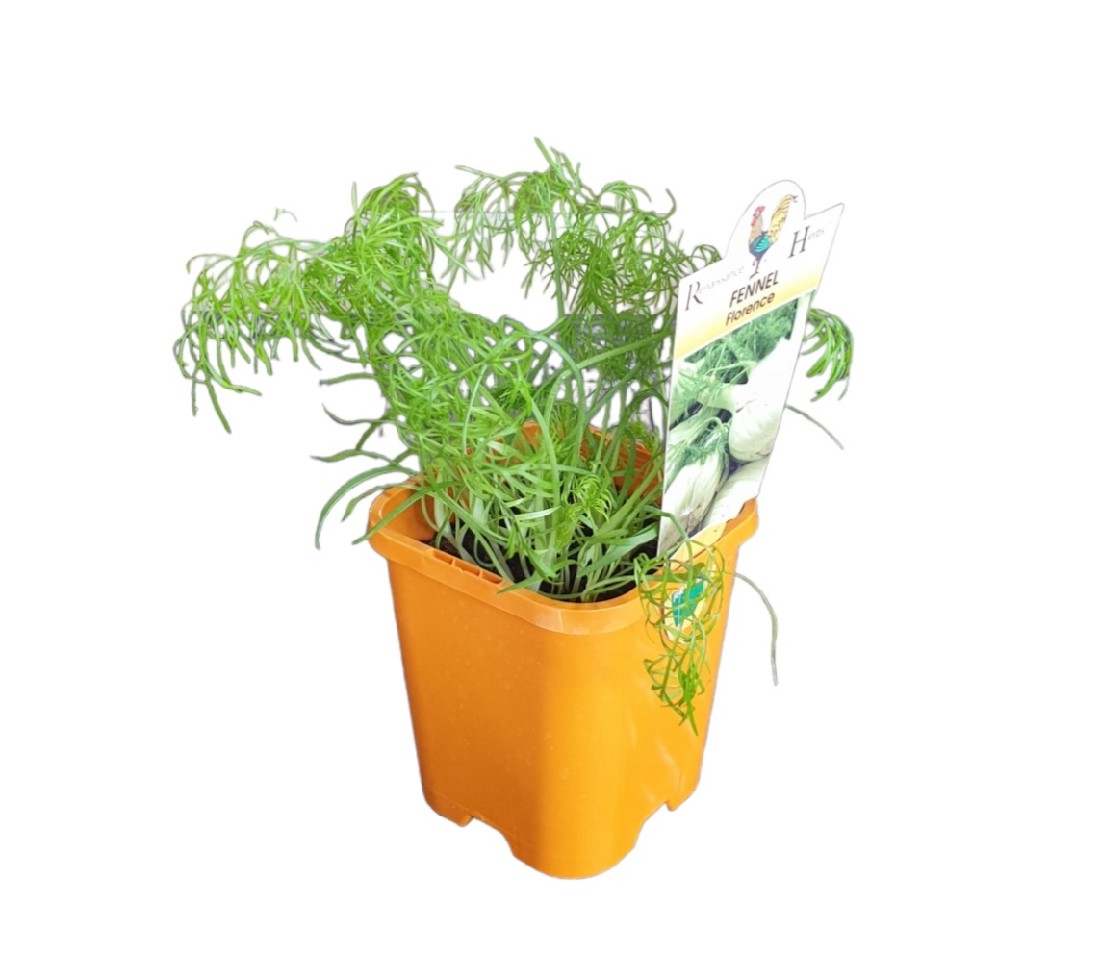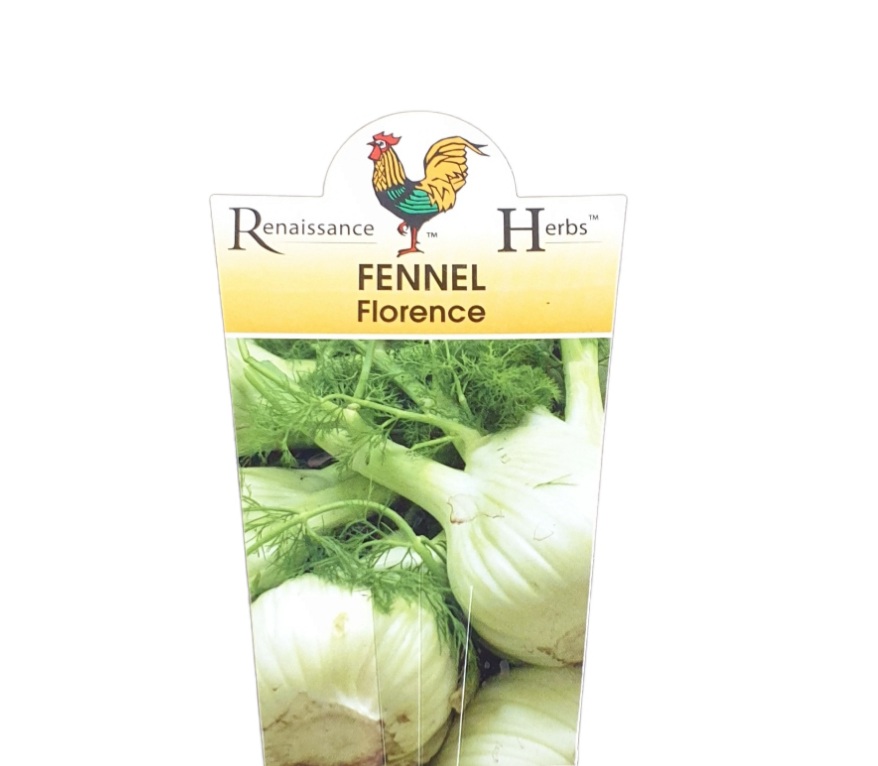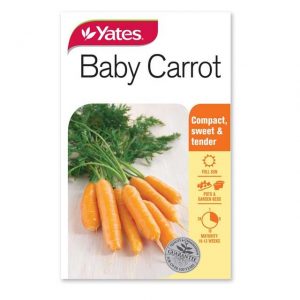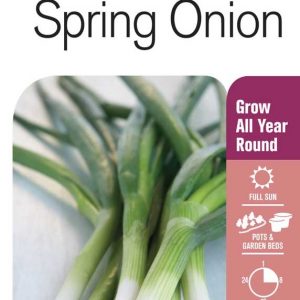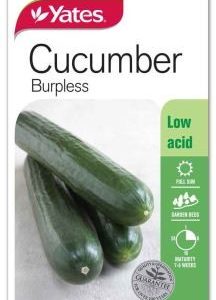Foeniculum vulgare var. azoricum)
The Florence fennel is a delicious, bulbous stem, with a distinctly aniseed flavour. An excellent accompaniment to fish. A late summer and autumn vegetable, it needs a long warm summer with plenty of water to form a good sized ‘bulb’.
Growing Tips
Fennel Florence like organic materials added to the soil. It adds necessary nutrients for healthy and strong growth. Keep the Florence fennel watered during hot times of summer. If the fennel starts to flower or send up side shoots taller than a foot, cut them back. The flowers and extra stalks use up energy needed for the bulb to start fattening.
Use
The Florence fennel is a cultivar group with inflated leaf bases which form a bulb-like structure. It has a mild anise-like flavour, but is more aromatic and sweeter. Florence fennel plants are smaller than the wild type. Their inflated leaf bases are eaten as a vegetable, both raw and cooked. Dried fennel seed is an aromatic, anise-flavoured spice, brown or green in colour when fresh, slowly turning a dull grey as the seed ages. For cooking, green seeds are optimal. The leaves are delicately flavored and similar in shape to those of dill. The bulb is a crisp, hardy root vegetable and may be sautéed, stewed, braised, grilled, or eaten raw. In the Indian subcontinent, fennel seeds are also eaten raw, sometimes with some sweetener, as it is said to improve eyesight. Syrup prepared from fennel juice was formerly given for chronic coughs. It is one of the plants which is said to be disliked by fleas, and powdered fennel has the effect of driving away fleas from kennels and stables.
Herb Attributes
Harvest Harvest Florence fennel when the base starts to bulb out about 4 to 5 inches. Pull up the plant, holding onto the bulb as you pull. Cut off all but the top 9 inches of the fern growth.
Position Part to Full Sun
Height 2.5m
Lifespan Annual- Biennial
Additional information
| Weight | .1 kg |
|---|---|
| Dimensions | 20 × 20 × 30 cm |
